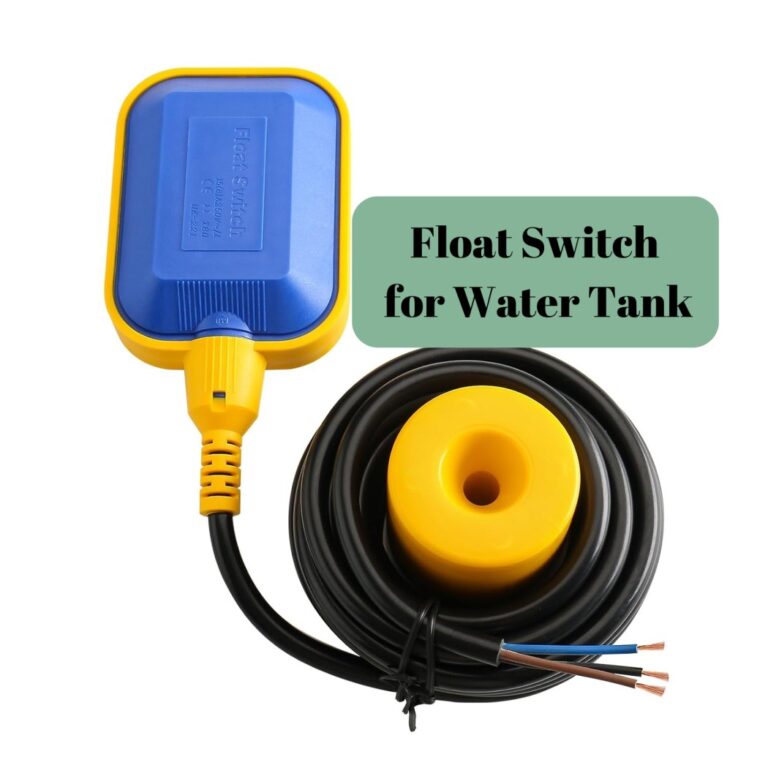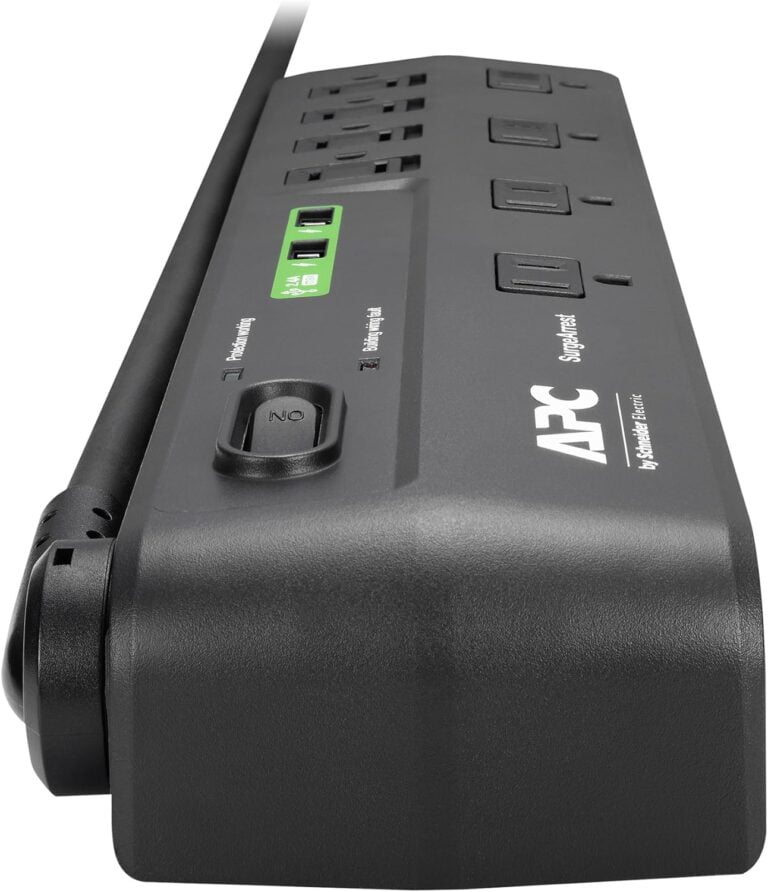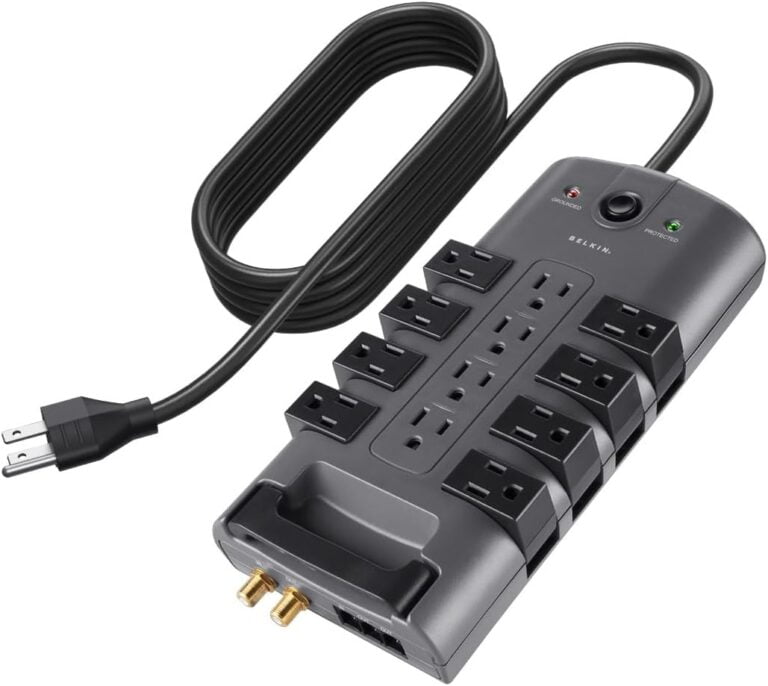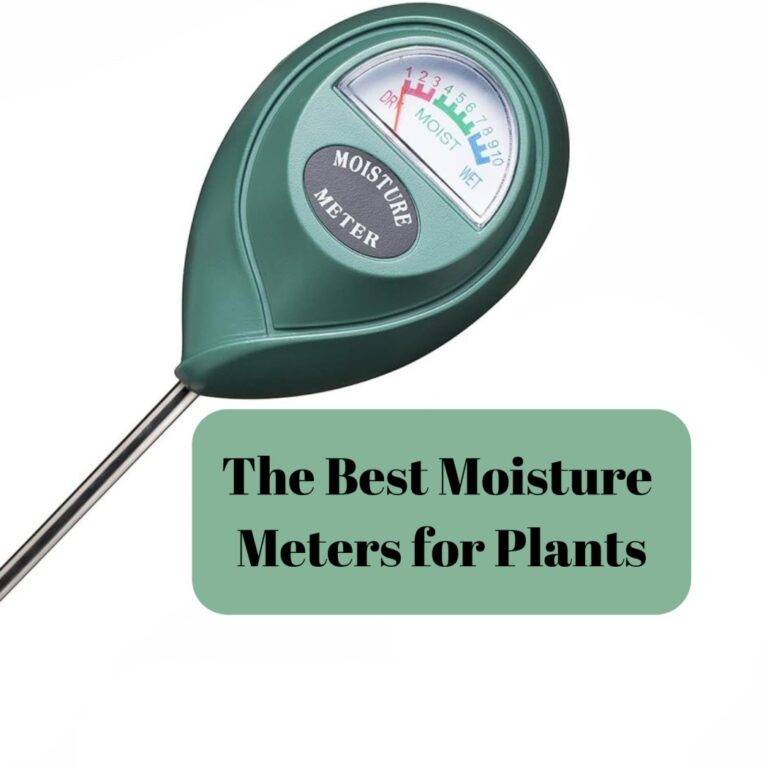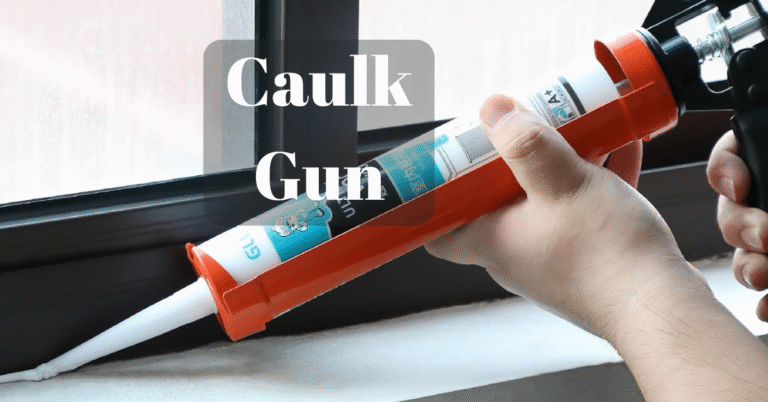The Best Underground Water Detectors
Underground water detectors are indispensable for various sectors, including environmental management, construction, agriculture, and municipal water supply systems.
These devices enable precise detection and mapping of underground water sources, helping to avoid costly and potentially hazardous excavation errors.
Accurately locating underground water can mitigate the risk of damaging infrastructure and conserve precious water resources, making these detectors vital in sustainable land management and development projects.
This comprehensive guide will explore the top five underground water detectors available today. We will explore the essential features to consider when selecting a water detector, explain the underlying technologies, and highlight the benefits of using these advanced tools.
Additionally, we will provide detailed reviews of the top five models, compare their performance, and offer practical tips for choosing the detector that best suits your specific needs.
Our editorial team independently selects all products featured in this review. This article may contain affiliate links, and we may earn a commission from purchases made through those links. For more information, please refer to our affiliate disclosure.
Table of Contents
- 1 Quick Links on the Best Underground Water Detectors
- 2 What to Look for in Underground Water Detectors
- 3 The Benefits of Using Underground Water Detectors
- 4 Review Criteria for the Best Underground Water Detectors
- 5 Top 5 Underground Water Detectors
- 6 Detailed Comparison of the Top 5 Detectors
- 7 Tips for Choosing the Right Underground Water Detector for Your Needs
- 8 Conclusion
Quick Links on the Best Underground Water Detectors
- OKM GeoSeeker Mini
- HTI HT-19 Infrared Thermal Imager
- RIDGID 19238 NaviTrack Scout Locator
- Fluke 279 FC TRMS Thermal Multimeter
- MSEE MR300 Underground Water Detector
What to Look for in Underground Water Detectors
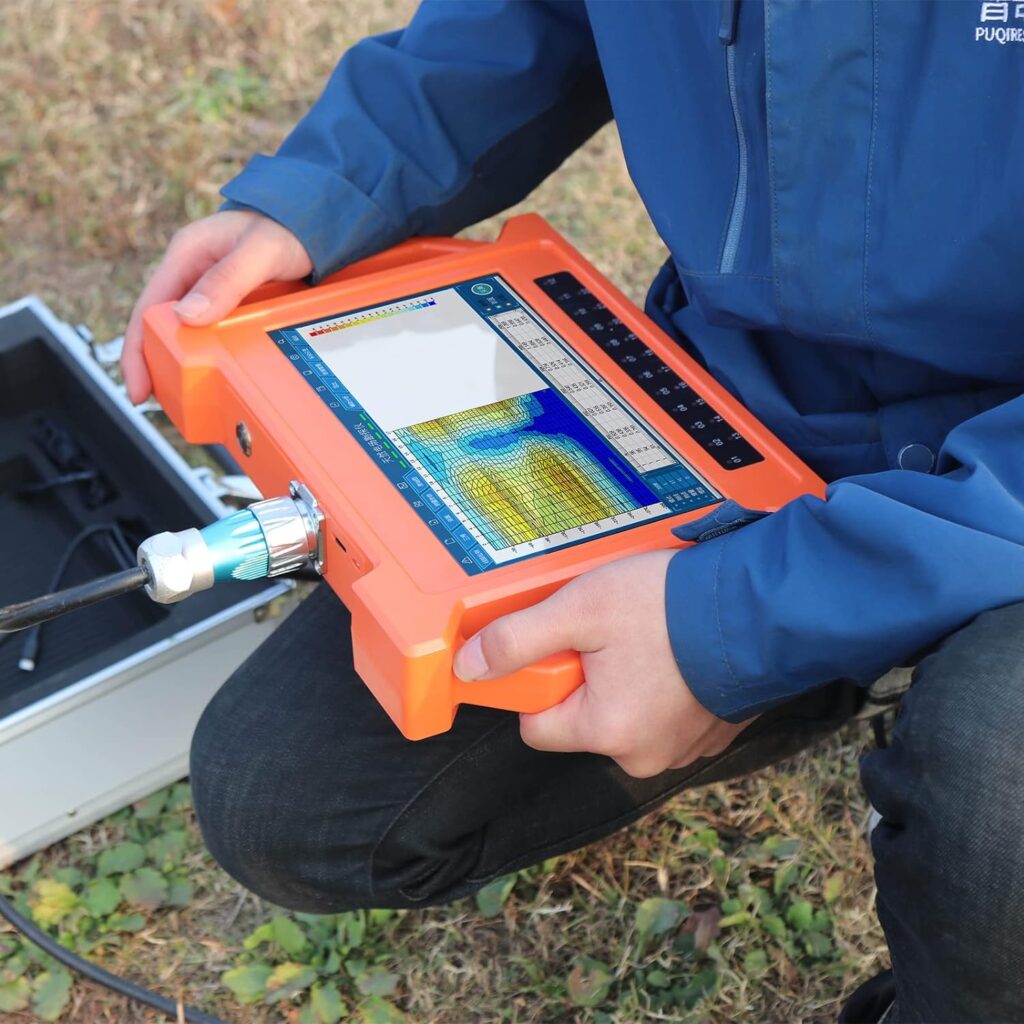
Key Features and Specifications
When choosing an underground water detector, it’s crucial to consider key features and specifications that impact performance and usability. Look for high-sensitivity and accuracy detectors for pinpointing water sources at various depths.
Advanced models often include features like digital displays, GPS capabilities, and data logging to enhance precision and ease of use. Durability and weather resistance are also important, particularly for fieldwork in challenging environments.
Price vs. Performance
Balancing price and performance is critical when investing in an underground water detector. While high-end models offer superior accuracy and additional features, they have a higher price tag.
Evaluating whether the extra cost translates to tangible benefits for your specific application is essential. Sometimes, mid-range models provide satisfactory performance that meets your needs without breaking the bank.
Consider the long-term return on investment, including potential savings from preventing excavation errors and conserving water resources.
User-Friendliness and Durability
A user-friendly design is essential for efficient and effective operation. Look for detectors with intuitive interfaces, transparent displays, and straightforward controls.
Ergonomics plays a significant role, especially for extended use in the field. Durability is equally essential; choose models that withstand harsh environmental conditions and rough handling.
Water resistance and shockproof features can significantly extend your device’s lifespan, ensuring reliable performance.
Also read >>> The Best Hybrid Solar Inverters for You
The Benefits of Using Underground Water Detectors
Environmental Impact and Water Conservation
Using underground water detectors contributes significantly to environmental sustainability. These devices help avoid unnecessary drilling and excavation by accurately locating water sources, reducing soil disturbance, and preserving natural habitats.
These detectors facilitate efficient water management, ensure responsible utilization of water resources, promote conservation, and prevent over-extraction.
Cost Savings for Homeowners and Businesses
Underground water detectors can result in substantial cost savings for homeowners and businesses. By identifying precise locations of water sources, these detectors eliminate guesswork and reduce the risk of costly mistakes.
Avoiding unnecessary excavation and drilling saves money and minimizes disruption to existing infrastructure and landscapes. In agricultural settings, efficient water usage can lead to lower irrigation costs and improved crop yields.
Enhanced Efficiency in Water Management
Underground water detectors enhance water management efficiency by providing accurate water availability and distribution data. This information is crucial for planning and optimizing water use in various applications, from municipal water supply systems to agricultural irrigation.
Users can implement targeted water extraction and distribution strategies with reliable detection, improving overall efficiency and sustainability.
Also read >>> The Best Water Pressure Booster Pump
Review Criteria for the Best Underground Water Detectors
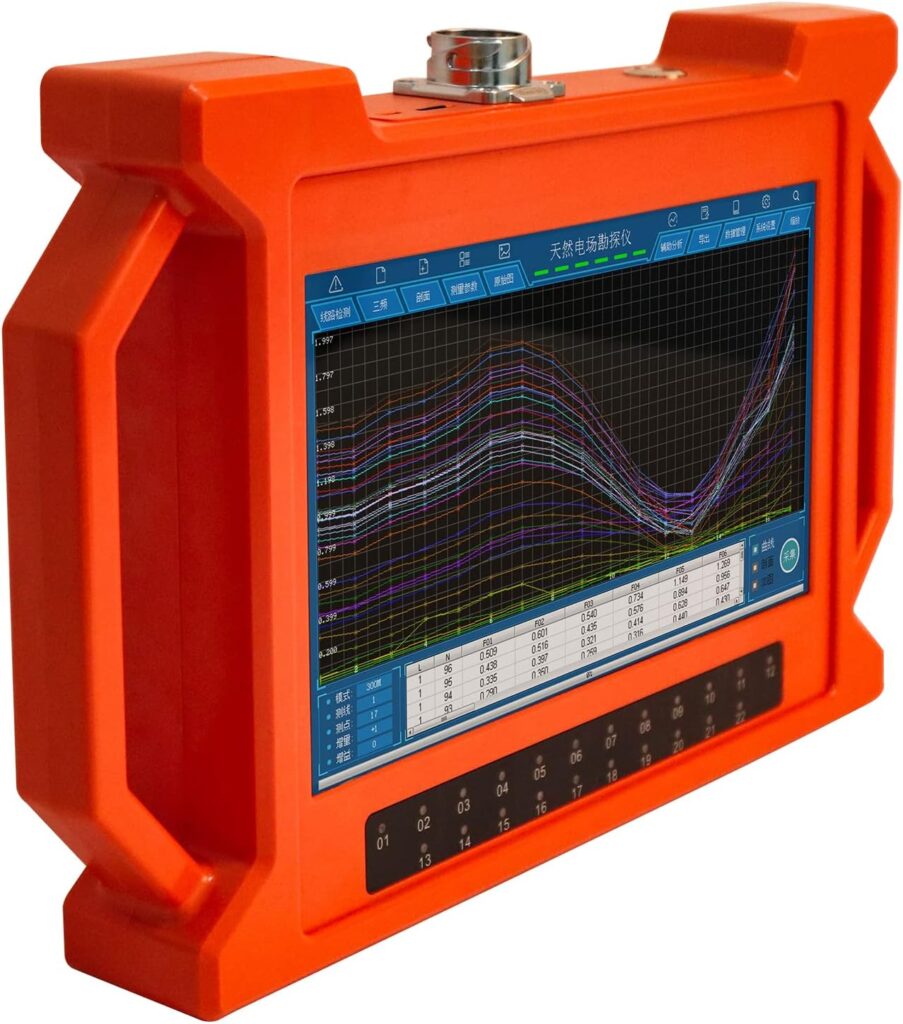
Methodology and Selection Process
Our review of the best underground water detectors is based on a rigorous methodology that includes comprehensive research, expert opinions, and user feedback.
We evaluated each model on various criteria, including accuracy, ease of use, durability, and value for money.
We aim to assess each detector’s strengths and weaknesses by considering multiple perspectives and real-world performance.
Factors Considered in the Evaluation
Key factors in our evaluation process include detection depth, sensitivity, technological features, and user experience. We also considered each model’s build quality and resilience and the availability of customer support and warranty options.
The price-performance ratio was another critical factor, ensuring that each recommended model offered good value for its cost.
Top 5 Underground Water Detectors
OKM GeoSeeker Mini
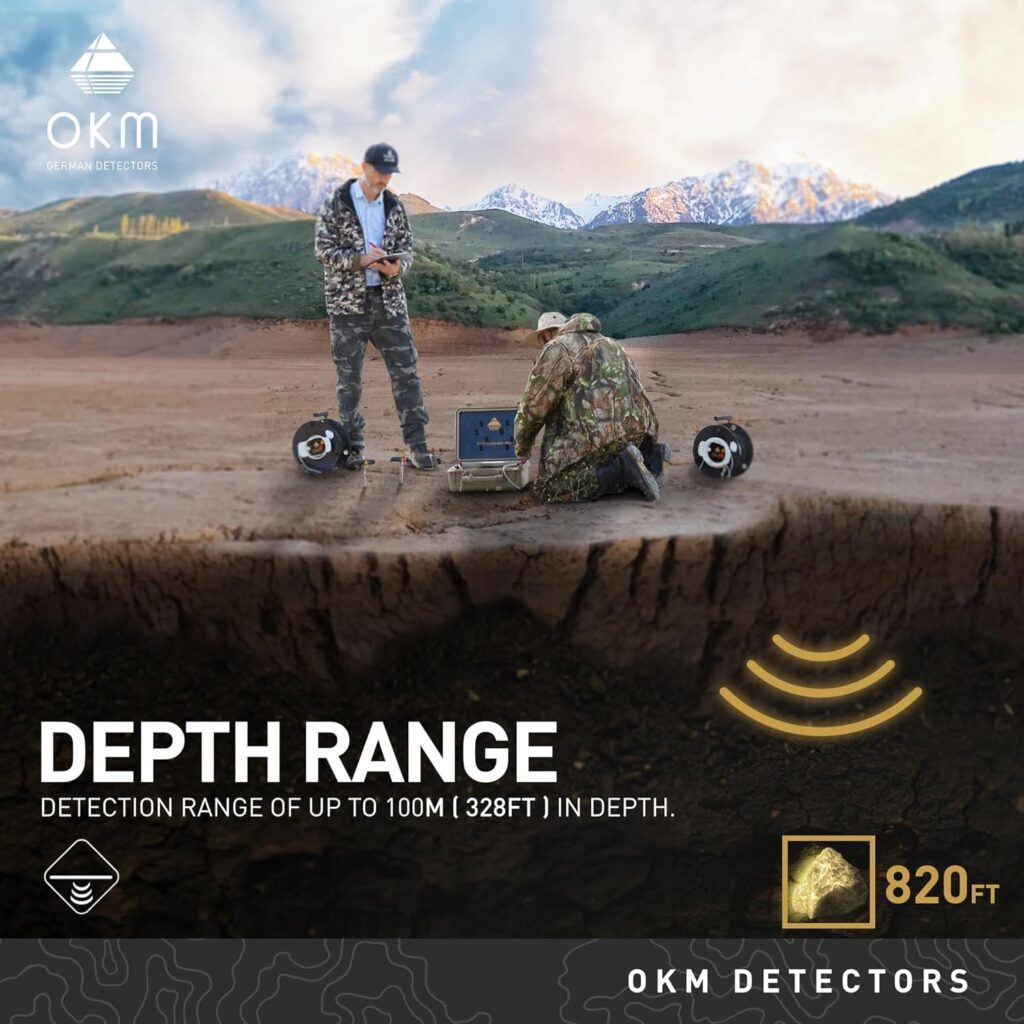
The OKM GeoSeeker Mini uses geoelectrical methods to detect underground water and voids.
It’s portable, has a rechargeable battery, and offers 3D graphics for data interpretation.
Pros:
- High accuracy
- Portable design
- Easy to use with clear 3D graphics
Cons:
- High cost
- Requires some technical knowledge to interpret data
HTI HT-19 Infrared Thermal Imager

This detector utilizes thermal imaging to identify water leaks and moisture content. It has a high-resolution screen and a wide temperature range.
Pros:
- High-resolution thermal imaging
- Portable and user-friendly
- Wide range of applications
Cons:
- Limited to surface moisture detection
- It is not as effective for deep underground water detection

The RIDGID NaviTrack Scout Locator is designed to locate underground utilities but is also effective for water detection.
It offers a multi-directional antenna and a user-friendly interface.
Pros:
- Durable and robust design
- Accurate and reliable
- Versatile for various underground detections
Cons:
- The learning curve for new users
- More suited for professional use
Fluke 279 FC TRMS Thermal Multimeter
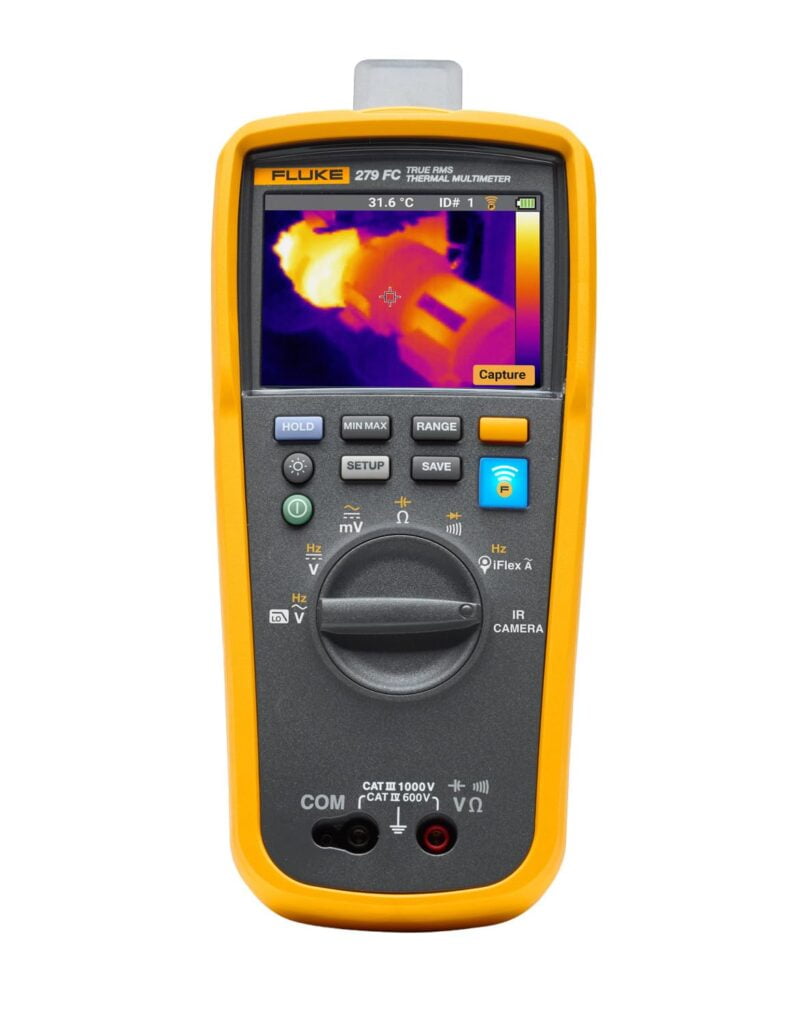
Combining a thermal imager and a digital multimeter, this device is excellent for detecting water leakage and moisture.
It offers wireless connectivity for data sharing.
Pros:
- Versatile with multiple functions
- High-quality thermal imaging
- Wireless data connectivity
Cons:
- Complex interface for beginners
- Higher price range
MSEE MR300 Underground Water Detector

The MSEE MR300 uses resistivity to detect underground water.
It is designed for deep water detection and has comprehensive display and data logging capabilities.
Pros:
- Effective for deep water detection
- Comprehensive display and data logging
- Durable design
Cons:
- Bulky and less portable
- Requires professional knowledge for optimal use
Detailed Comparison of the Top 5 Detectors
Performance and Accuracy
In terms of performance and accuracy, the OKM GeoSeeker Mini and MSEE MR300 lead the pack, offering precise detection and advanced features.
The RIDGID NaviTrack Scout provides a good balance, while the HTI HT-19 and Fluke 279 FC excel in specific applications like surface moisture detection and utility location.
Ease of Use and Setup
The HTI HT-19 is easy to use and set up, with an intuitive interface and straightforward operation.
The RIDGID NaviTrack Scout and OKM GeoSeeker Mini also score well, although the Fluke 279 FC requires more technical expertise.
The MSEE MR300, despite its bulk, offers simple setup procedures for experienced users.
Price and Value for Money
The RIDGID NaviTrack Scout offers the best value for money, combining good performance with affordability.
The HTI HT-19 is also a strong contender in this category.
While the OKM GeoSeeker Mini and Fluke 279 FC are more expensive, their advanced features justify the higher cost for professional users.
The MSEE MR300 provides excellent deep water detection capabilities for its price.
Tips for Choosing the Right Underground Water Detector for Your Needs
Assessing Your Specific Requirements
Before purchasing an underground water detector, assess your requirements, such as detection depth, sensitivity, and technological features. Consider the type of projects you’ll be undertaking and the typical environmental conditions you’ll encounter.
Budget Considerations
Budget plays a crucial role in your decision-making process. Determine how much you’re willing to invest and weigh the benefits of higher-end models against their costs. Sometimes, mid-range models offer sufficient performance at a lower price point for your needs.
Long-Term Maintenance and Support
Consider the long-term maintenance and support options for your chosen detector. Check for availability of spare parts, warranty coverage, and customer support services. Reliable after-sales support can significantly enhance the lifespan and utility of your device.
Also read >>> The Best Float Switch for Water Tank
Conclusion
Underground water detectors are essential tools for efficient water management and resource conservation. By understanding key features, technological principles, and practical applications, you can make informed decisions about the best detector for your needs.
For professional applications, consider high-end models like the OKM GeoSeeker Mini and Fluke 279 FC, which offer advanced features and accuracy.
The RIDGID NaviTrack Scout offers a balanced performance at an affordable price for general use.
Constantly evaluate your specific requirements and budget constraints before making a purchase.
Investing in a quality underground water detector can save time, money, and resources while promoting sustainable water management practices.
Take action today to equip yourself with the right project tools and contribute to responsible environmental stewardship.

